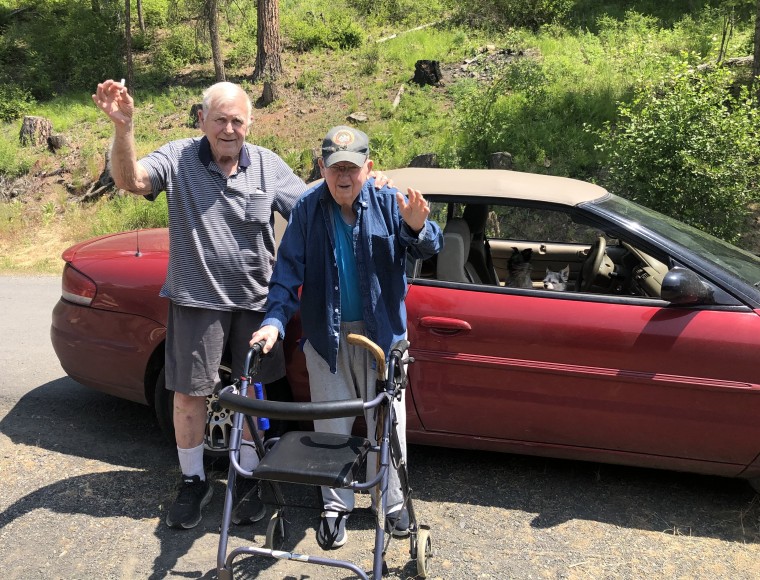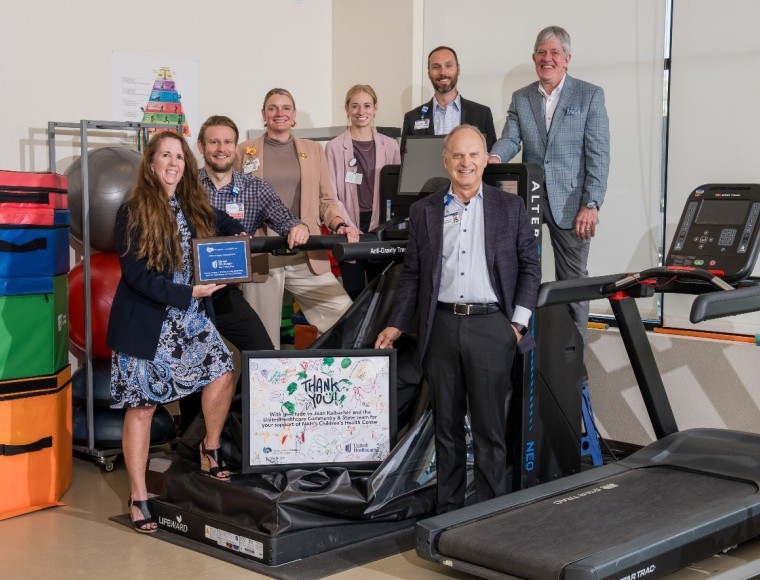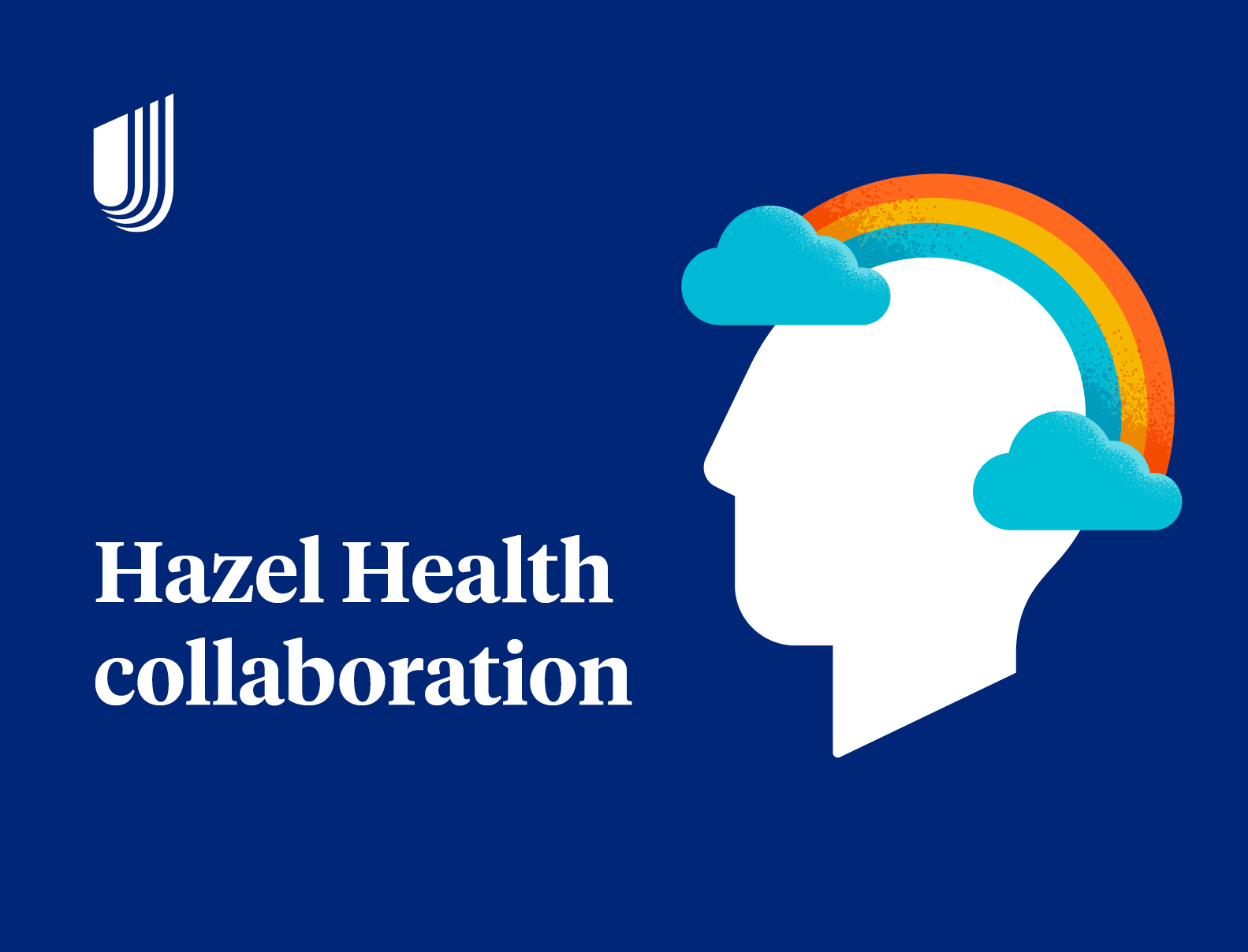Directed by the Health Insurance Portability and Accountability Act, the Secretary of Health and Human Services adopted national standards for electronic transactions in 1996.1 These standard transactions require all health plans and providers to use code sets known as Place of Service (POS) codes. POS codes describe sites of service for professional claims to determine the acceptability of direct billing of Medicare, Medicaid and private insurance services delivered by a given provider. This code set is maintained by The Centers for Medicare & Medicaid Services (CMS).
Effective October 1, 2023, the “Outreach Site/Street” category is the latest addition to the POS codes.2 This new category, identified by “27”, defines an “Outreach Site/Street” as a non-permanent location on the street or found environment, not described by any other POS code, where health professionals provide preventive, screening, diagnostic and/or treatment services to individuals experiencing homelessness. Providers are now able to differentiate between “mobile care” and “street care”, allowing for improved data of the health care needs of individuals experiencing homelessness. Consistent inclusion of the code in State fee schedules (as Pennsylvania has done) provides clear and consistent guidance to health plans to cover street medicine services, and ultimately promotes enhanced equity and predictability for providers and individuals receiving care.
Street medicine has been shown to provide low-cost, high-impact services that reduce emergency room visits and hospitalizations as well as hospital lengths of stay.3 Street medicine programs are uniquely positioned to navigate not just complex medical needs, but to address gaps in social care as well. Street medicine providers may be the only professionals trusted by those experiencing homelessness and often serve as a critical bridge to other resources and connections to services.4
Street medicine services are in demand as they allow earlier and more accessible interventions – reducing the rate of serious complications and therefore decreasing health care-associated costs.5 These services remove some of the challenges caused by social drivers of health (SDOH) which prevent individuals from receiving care. SDOH factors can include lack of transportation, inability to cover the cost of services, lack of knowledge to register as a Medicaid member and fear of requesting care due to stigma. Delivery of street medicine services has been shown to reduce health inequities and stigma among underserved populations.
While benefits of street medicine have been noted, there has previously been concern about accurate data collection regarding the health needs of individuals who are homeless.6 However, official recognition of street medicine promotes improved data collection pertaining to the provided services and needs of this population. Director and Co-Founder of University of Southern California Street Medicine, Brett Feldman, commented, “Most street medicine programs fight to exist and survive right now. This recognition by CMS helps make street medicine sustainable and scalable and could really help these programs to grow and thrive.”
Sources
- Place of Service Codes | CMS
- Place of Service Code Set | CMS
- About Us (streetmedicine.org)
- Harm Reduction Principles in a Street Medicine Program: A Qualitative Study - PMC (nih.gov)
- Street Medicine: Barrier Considerations for Healthcare Providers in the U.S. - PMC (nih.gov)
- CMS officially recognizes street as legitimate place to deliver healthcare (news-medical.net)












